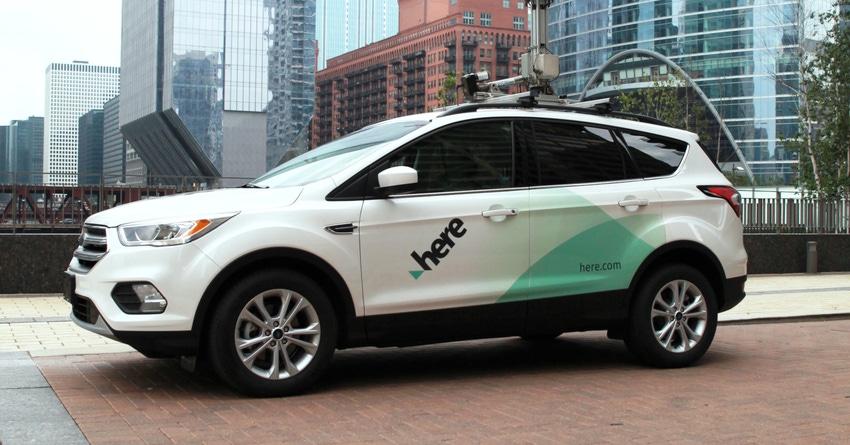Verizon has decided to bang on about its mobile edge infrastructure at CES 2020 and is using a new partnership with location tech company Here as a pretext to do so.
January 6, 2020

Verizon has decided to bang on about its mobile edge infrastructure at CES 2020 and is using a new partnership with location tech company Here as a pretext to do so.
Here is what Navteq became after Nokia chewed it up and spat it out. It was a big deal when Nokia bought it in 2007 as one of only two dominant satnav service providers. Nokia figured owning it would give its smartphones a strong differentiator but then Google came a long and scuppered that plan, as it did the entire Nokia smartphone business.
Now owned by a bunch of German car companies, who had a whip round to buy it in 2015 for a fraction of what Nokia paid for Navteq, Here is positioned as a standalone location services technology provider. With the advent of 5G and all the cool stuff we’re supposedly going to be able to do with it, Here’s time may have come as operators search desperately for use-cases to justify the hype.
“This collaboration with Here further proves Verizon’s commitment to innovating around and improving location services and pedestrian and intersection safety,” said Ashley Vogt, Senior Product Manager, Advanced Mapping at Verizon. “By harnessing the power of Verizon 5G Ultra-Wideband and 5G Edge, along with Here’s proprietary 3D positioning algorithms, we are driving together toward a safer and more precise future.”
“5G will be a game changer for many use cases in every industry,” said Edzard Overbeek, CEO of HERE. “The scale of the Verizon 5G Ultra-Wideband network is designed to enable higher-bandwidth, low-latency connectivity necessary for more precise positioning, Our partnership with Verizon not only allows us to tap into the innovation potential of 5G but also highlights what is possible when this technology is location intelligence enabled: connected services that are designed to make our world safer, more efficient and environmentally sustainable.”
So the big connected vehicle pitch seems to be around safety, although the future these two companies have in mind is borderline dystopian with its precision and efficiency. The two big initiatives this partnership will be working on are a collision avoidance system that warns people when they’re about to have an accident, and a visual positioning service that claims to augment GPS. It remains to be seen whether these new services will resonate with subscribers to any meaningful extent.
About the Author(s)
You May Also Like








.png?width=300&auto=webp&quality=80&disable=upscale)


_1.jpg?width=300&auto=webp&quality=80&disable=upscale)


.png?width=800&auto=webp&quality=80&disable=upscale)